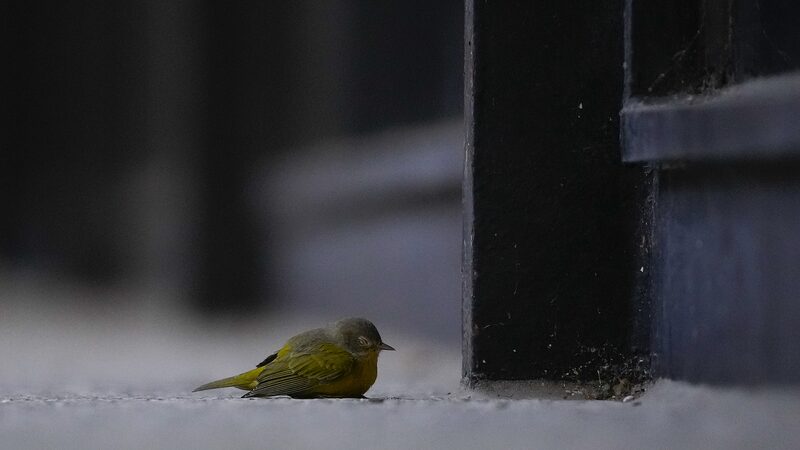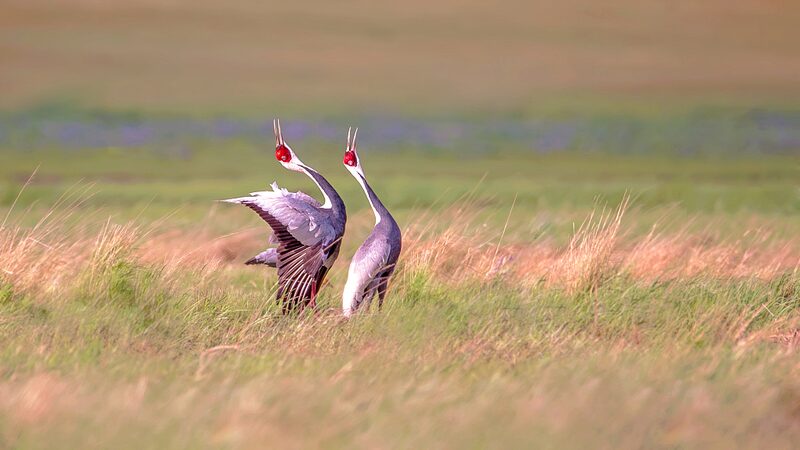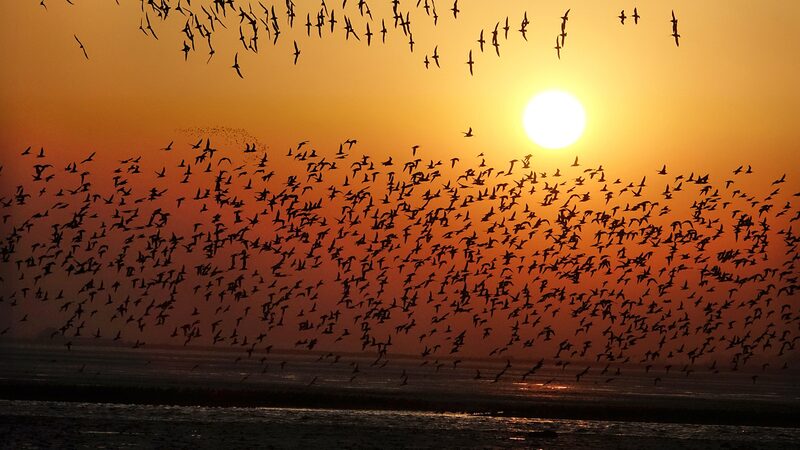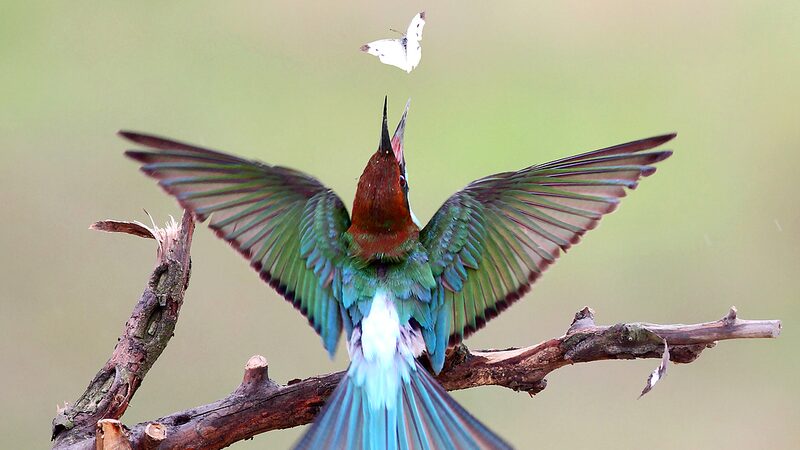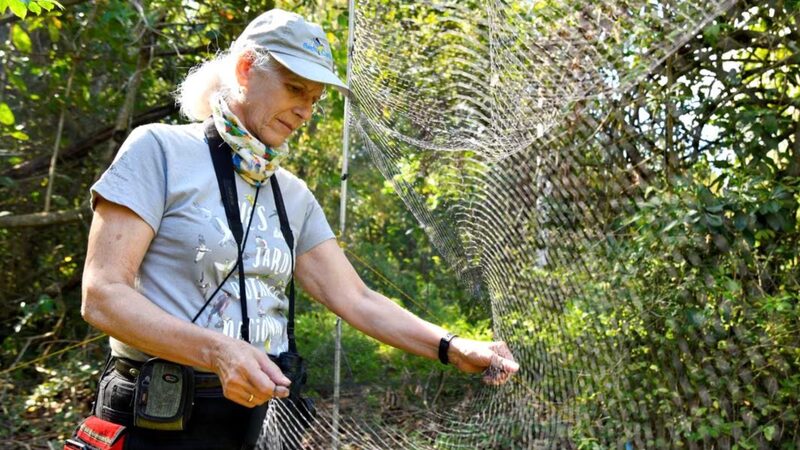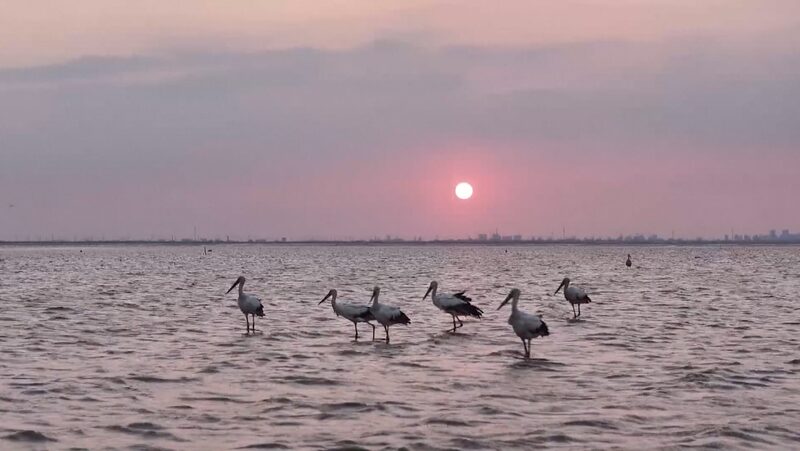As the sun sets over Chicago's iconic skyline, a silent danger looms for thousands of migrating birds. Each spring and fall, rescue groups in the city brace for the inevitable—hundreds of birds colliding with towering skyscrapers and bright city lights.
The city lies along a major migratory route known as the Mississippi Flyway, making it a crucial passage for avian species journeying between their breeding and wintering grounds. However, the dazzling lights and reflective glass of Chicago's high-rises create hazardous obstacles, disorienting birds and leading to fatal collisions.
Local enthusiasts and conservationists have stepped up efforts to mitigate these risks. Volunteers patrol the streets at dawn, rescuing injured birds and collecting data to understand collision patterns. Organizations like the Chicago Bird Collision Monitors work tirelessly to rehabilitate survivors and advocate for bird-friendly building practices.
“It’s heartbreaking to see these beautiful creatures harmed during their epic journeys,” says Sarah Mitchell, a volunteer coordinator. “But our community is dedicated to making a difference, both on the ground and by pushing for policy changes.”
Recent initiatives include encouraging buildings to dim lights during peak migration periods and adopting bird-safe window designs. These measures not only save avian lives but also contribute to energy conservation.
Chicago's efforts reflect a growing global awareness of urban impacts on wildlife. By combining grassroots action with collaborative initiatives between city officials, businesses, and environmental groups, there is hope that cities can become safer havens for migrating birds.
For more information on how to help or to volunteer, local organizations urge residents to get involved during the migration seasons, emphasizing that collective action can lead to significant positive change.
Reference(s):
Enthusiasts counter risk of Chicago high-rises for migrating birds
cgtn.com
